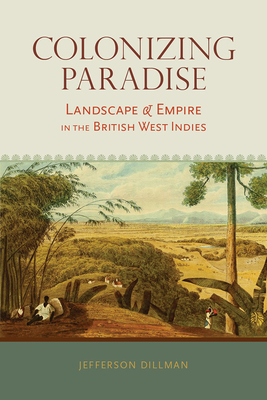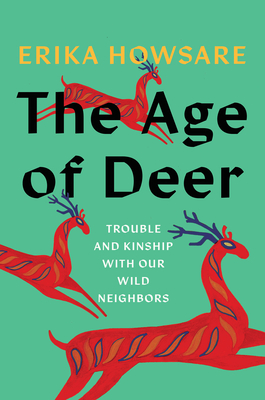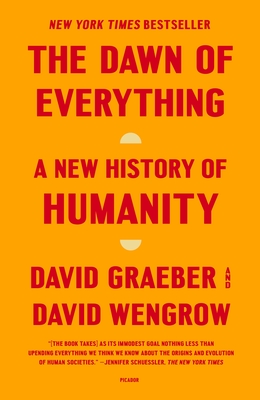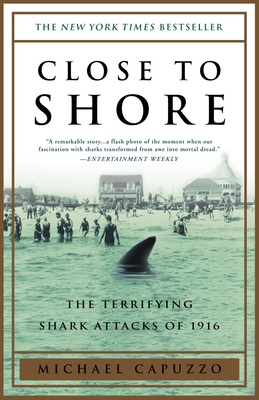
Colonizing Paradise: Landscape and Empire in the British West Indies (Atlantic Crossings)
Description
Explores how perceptions and depictions of the physical landscape both reflected and influenced the history of the British colonial Caribbean
In Colonizing Paradise, historian Jefferson Dillman charts the broad spectrum of sentiments that British citizens and travelers held regarding their colonial possessions in the West Indies. Myriad fine degrees of ambivalence separated extreme views of the region as an idyllic archipelago or a nest of Satanic entrapments. Dillman shows the manner in which these authentic or spontaneous depictions of the environment were shaped to form a narrative that undergirded Britain’s economic and political aims in the region.
Because British sentiments in the Caribbean located danger and evil not just in indigenous populations but in Spanish Catholics as well, Dillman’s work begins with the arrival of Spanish explorers and conquistadors. Colonizing Paradise spans the arrival of English ships and continues through the early nineteenth century and the colonial era. Dillman shows how colonial entrepreneurs, travelers, and settlers engaged in a disquieted dialogue with the landscape itself, a dialogue the examination of which sheds fresh light on the culture of the Anglophone colonial Caribbean.
Of particular note are the numerous mythical, metaphorical, and biblical lenses through which Caribbean landscapes were viewed, from early views of the Caribbean landscape as a New World paradise to later depictions of the landscape as a battleground between the forces of Christ and Satan. The ideal of an Edenic landscape persisted, but largely, Dillman argues, as one that needed to be wrested from the forces of darkness, principally through the work of colonization, planting, cataloguing, and a rational ordering of the environment.
Ultimately, although planters and their allies continued to promote pastoral and picturesque views of the Caribbean landscape, the goal of such narratives was to rationalize British rule as well as to mask and obscure emerging West Indian problems such as diseases, slavery, and rebellions. Colonizing Paradise offers much to readers interested in Caribbean, British, and colonial history.
Praise for Colonizing Paradise: Landscape and Empire in the British West Indies (Atlantic Crossings)
"Dillman offers a fascinating, deft treatment of European conceptions of the Caribbean landscape as viewed through the eyes of Christopher Columbus and Iberian explorers beginning in the late 15th century, . . . Through skillful analysis of visual and textual treatments of landscape, Dillman shows how British travelers and residents, after initially envisioning the planting of Caribbean colonies as an orderly, civilizing enterprise, came to recognize the Caribbean as a tropical landscape containing beauty and agricultural potential on the one hand and death and horror on the other. Highly recommended."
—CHOICE
“In this enthralling and ambitious book, Jefferson Dillman traces the continuities in how the Caribbean landscape was represented by Europeans with a particular concentration on the West Indies, with its prosperous plantations and horrific slavery. He also shows, in an astute and convincing analysis, how planters were able to imagine the Caribbean as a picturesque place but failed to convince others that it fitted ideas of the pastoral. A beautifully written, intelligent, and evocative account of an important theme in West Indian history and art history.”
—Trevor Burnard, author of Planters, Merchants, and Slaves: Plantation Societies in British America, 1650–1820
“A critical close reading of evolving images of the wild and cultivated landscapes of the islands, and a revelatory interpretation of how these images constituted a Manichean microcosm that juxtaposed the picturesque and the horrific, heaven and hell.”
— B.W. Higman, author of A Concise History of the Caribbean and Jamaica Surveyed: Plantation Maps and Plans of the Eighteenth and Nineteenth Centuries



